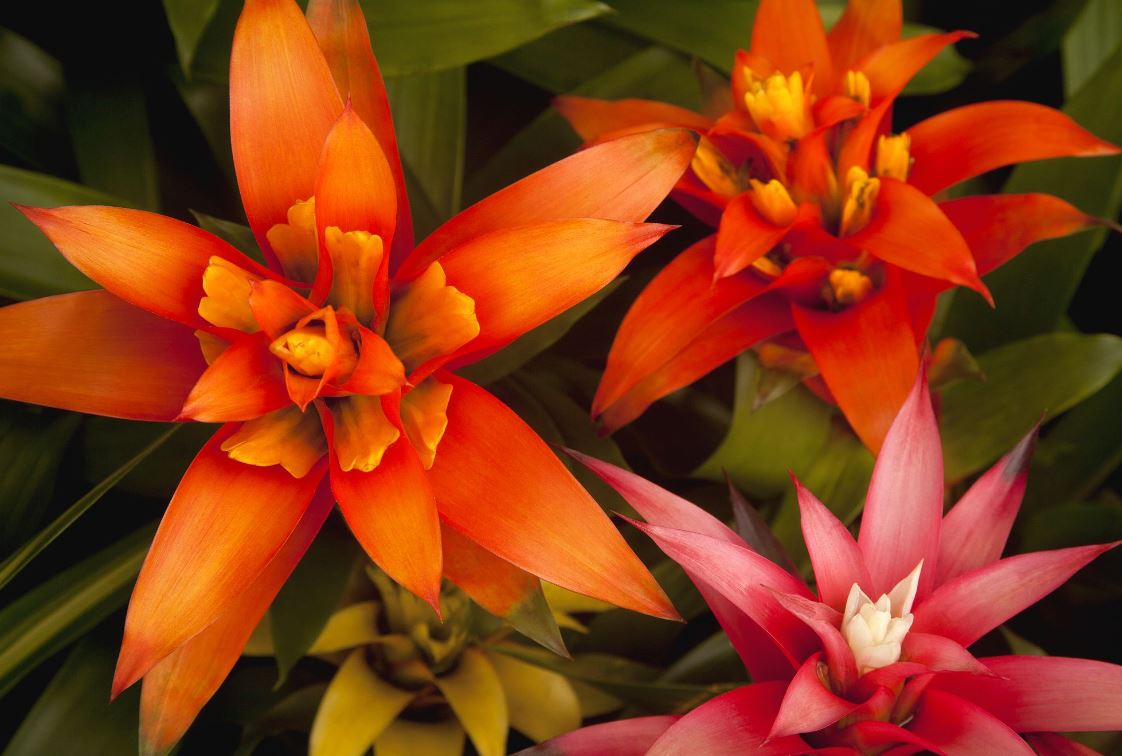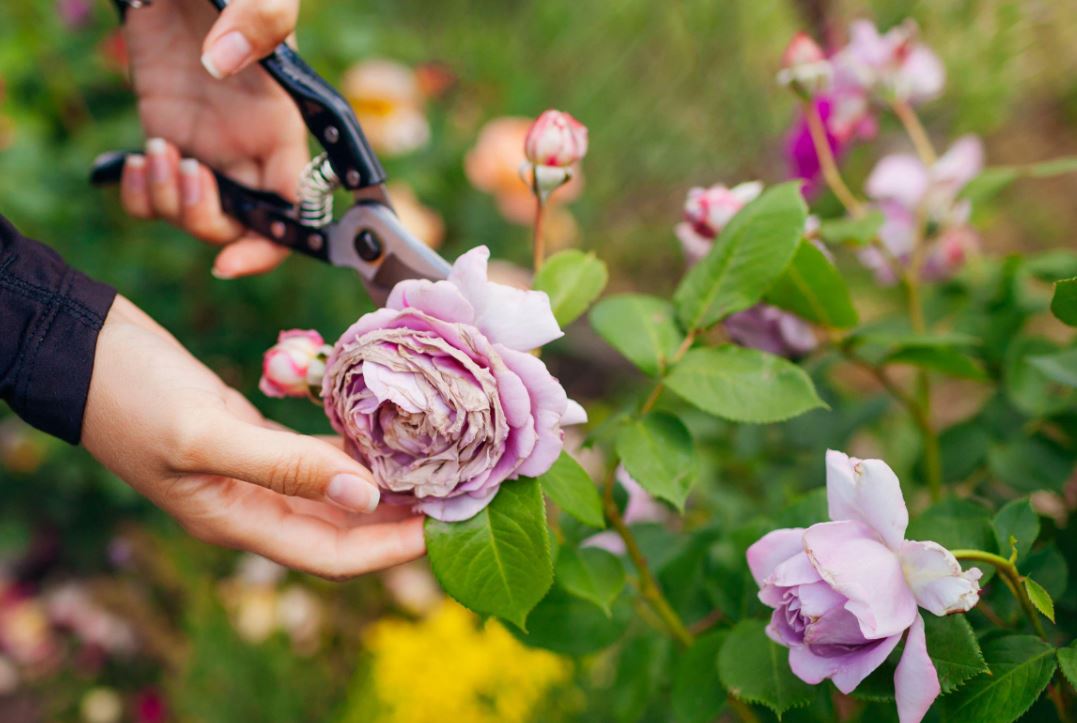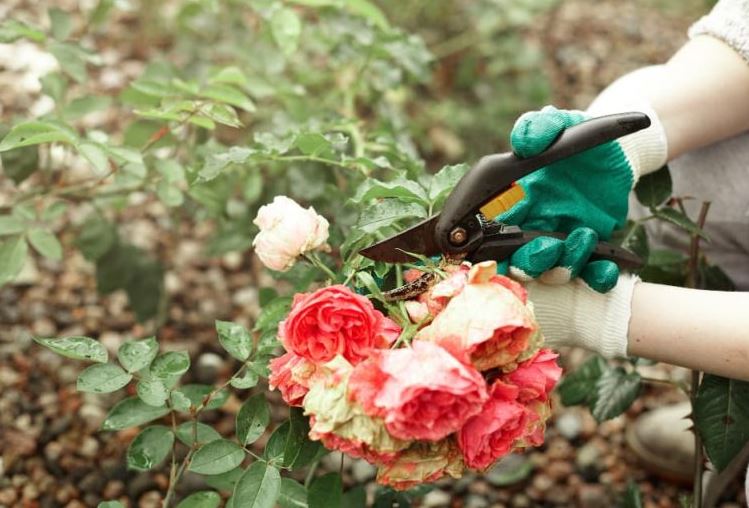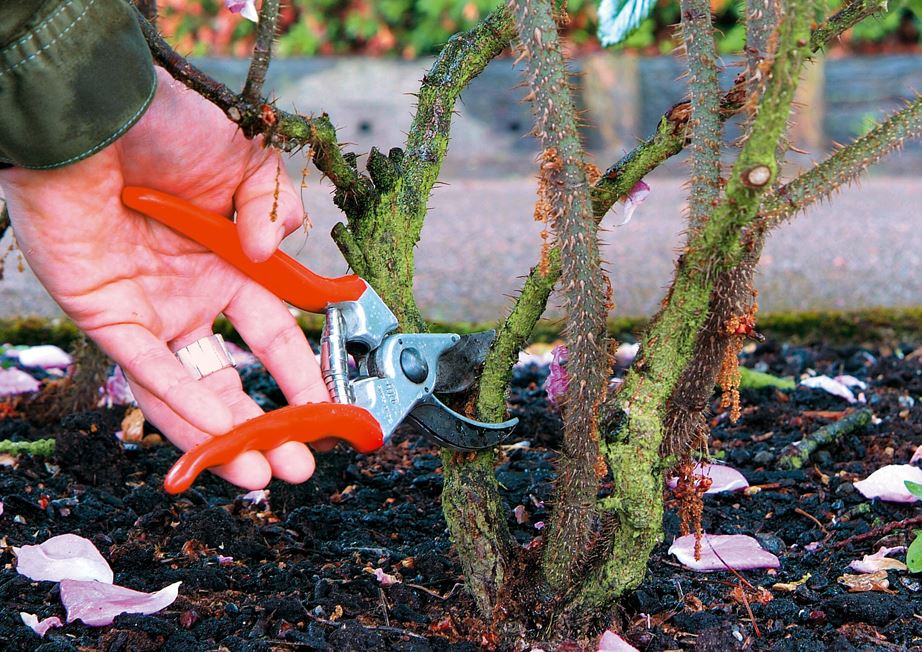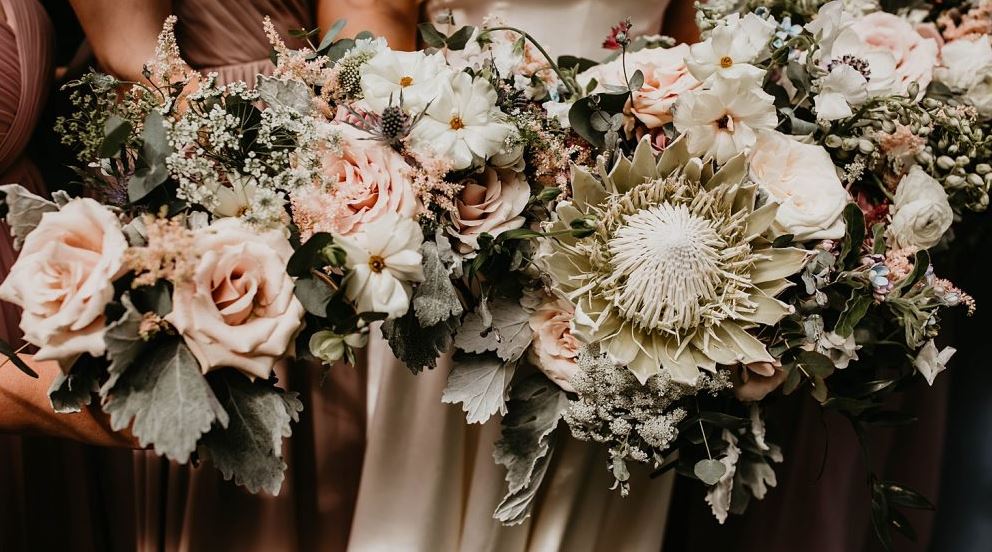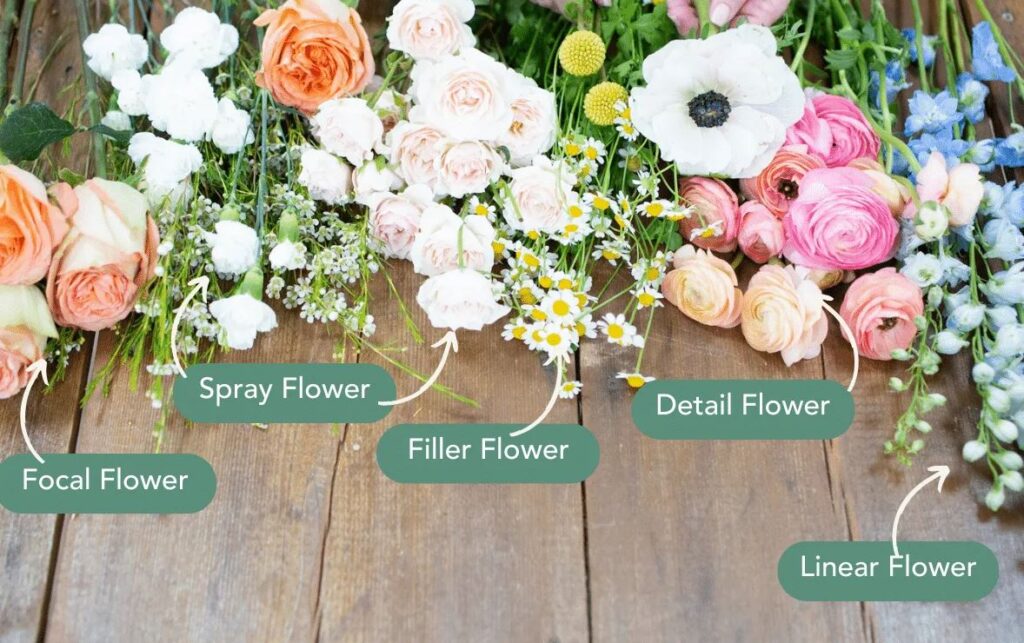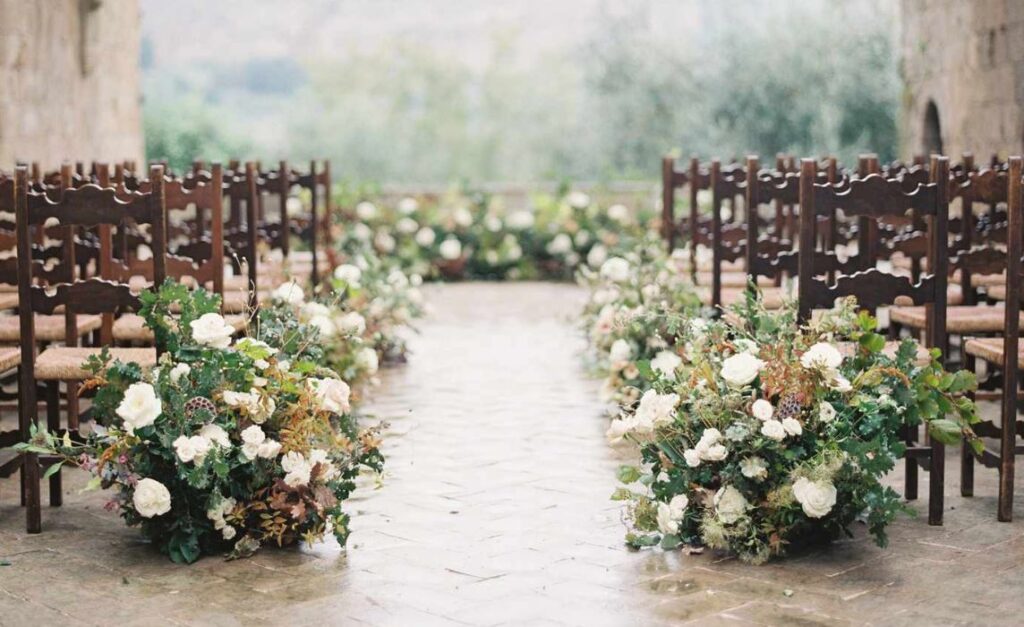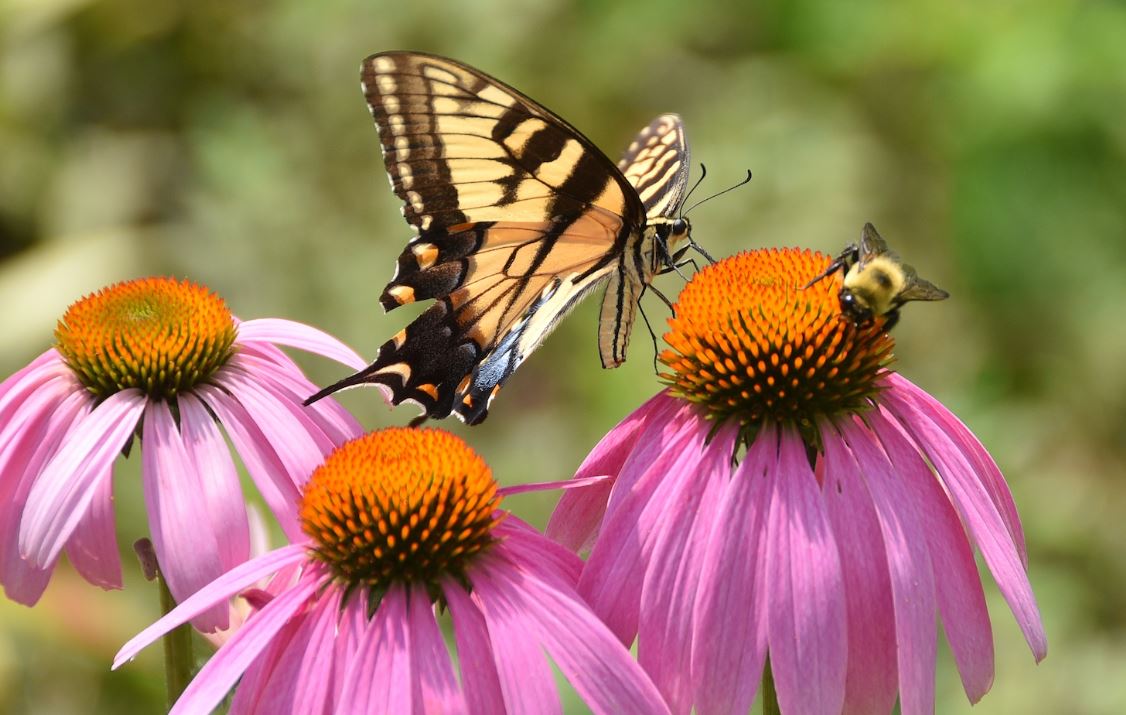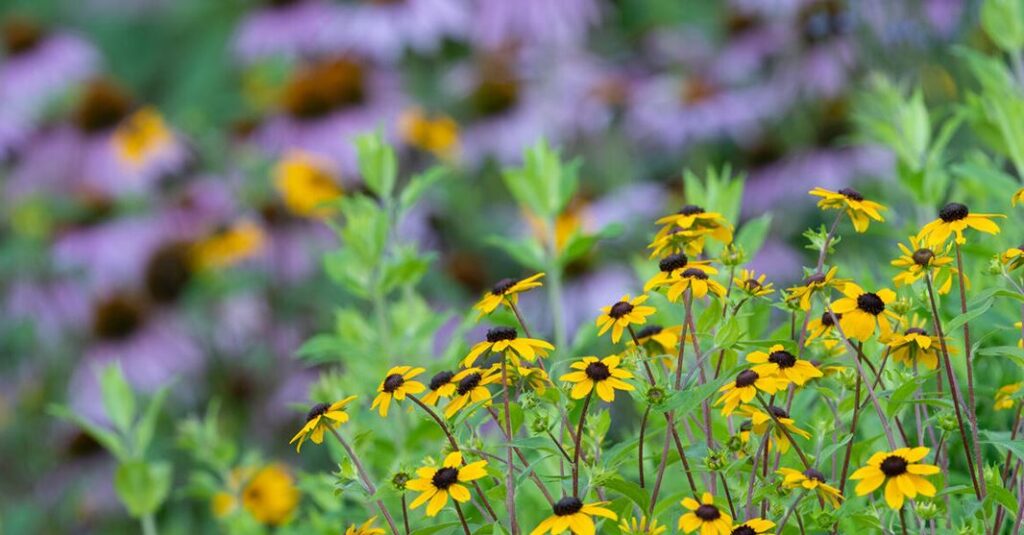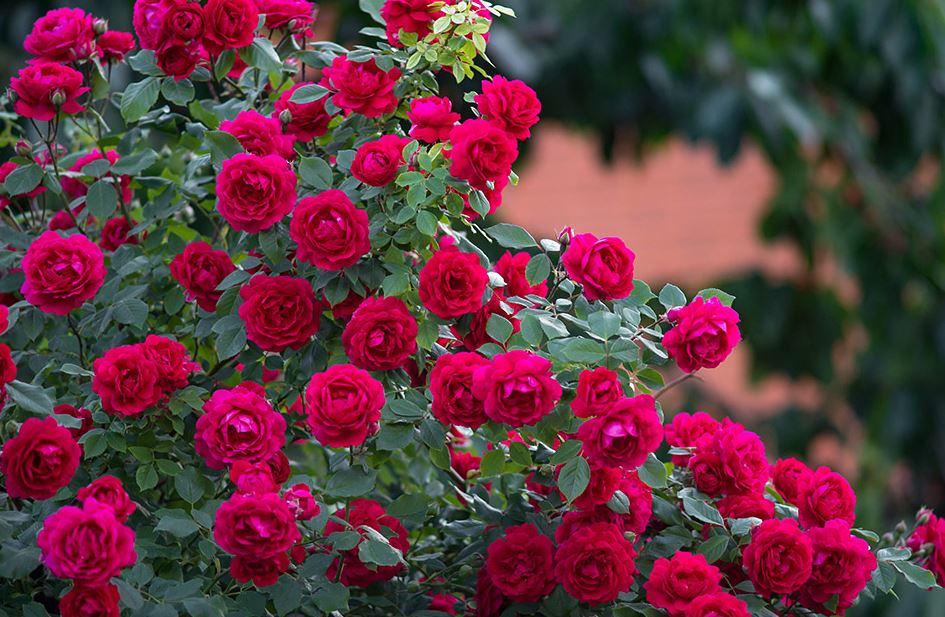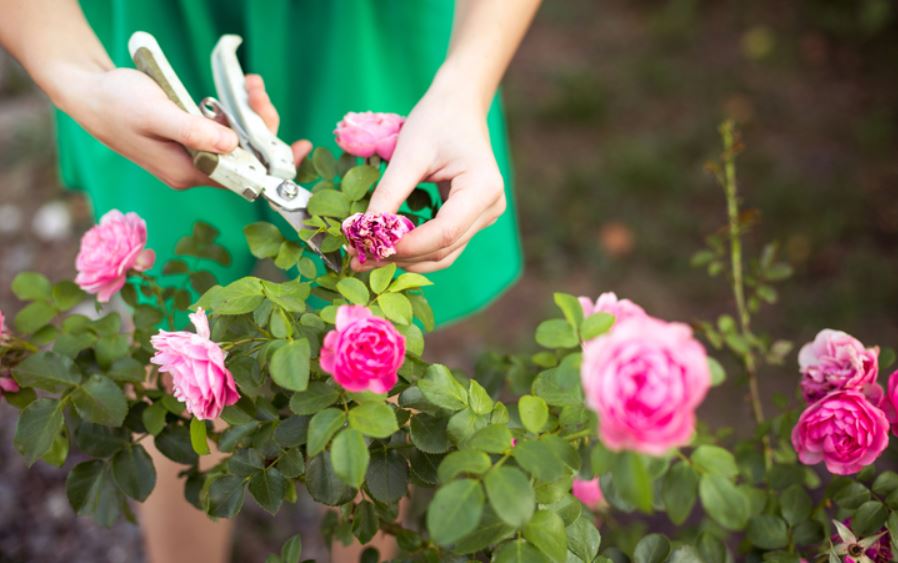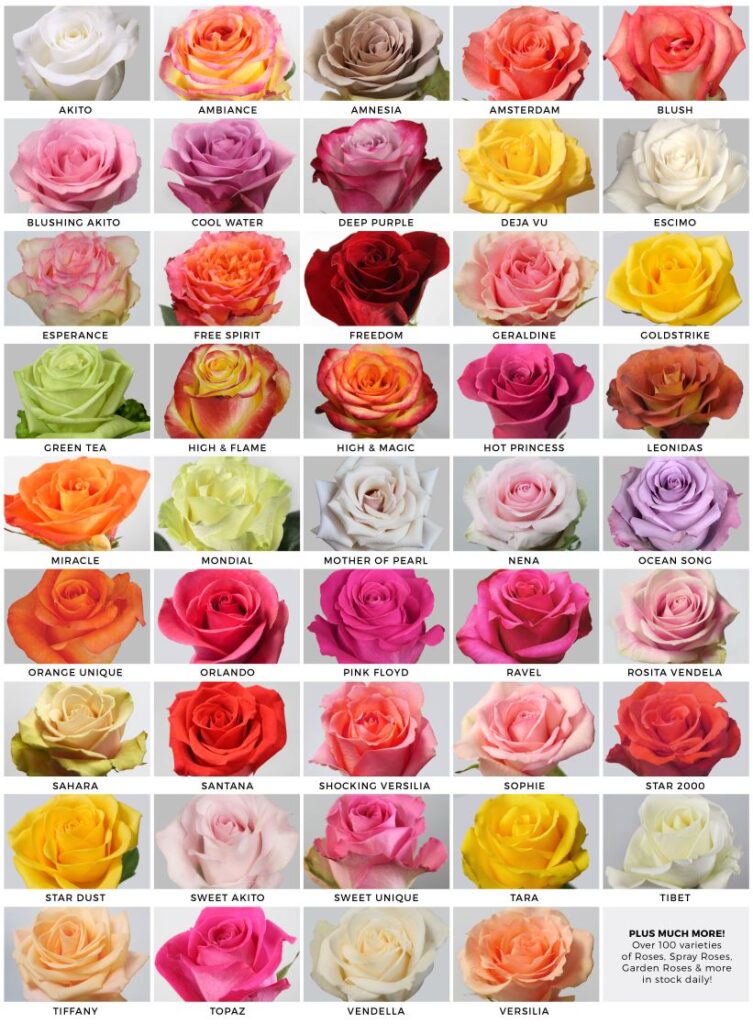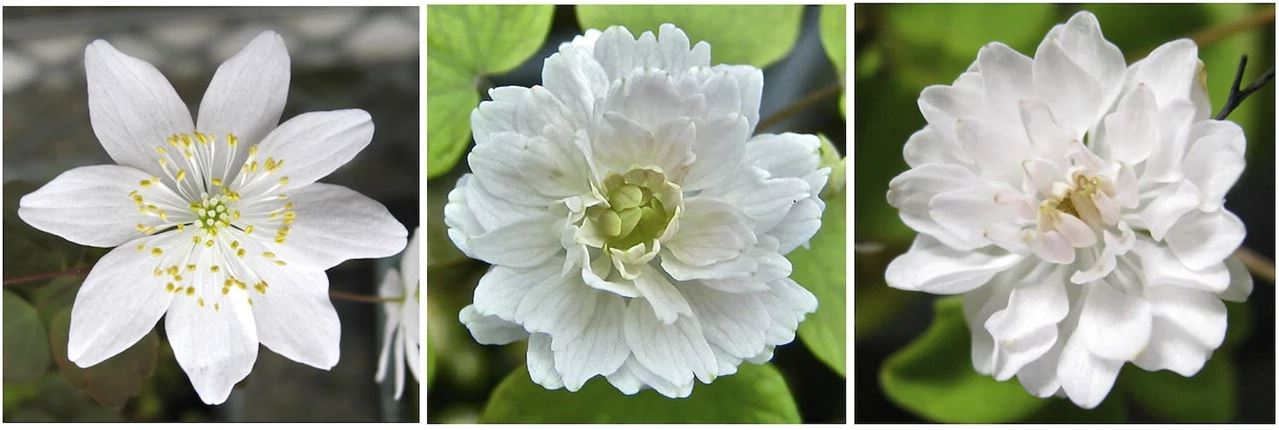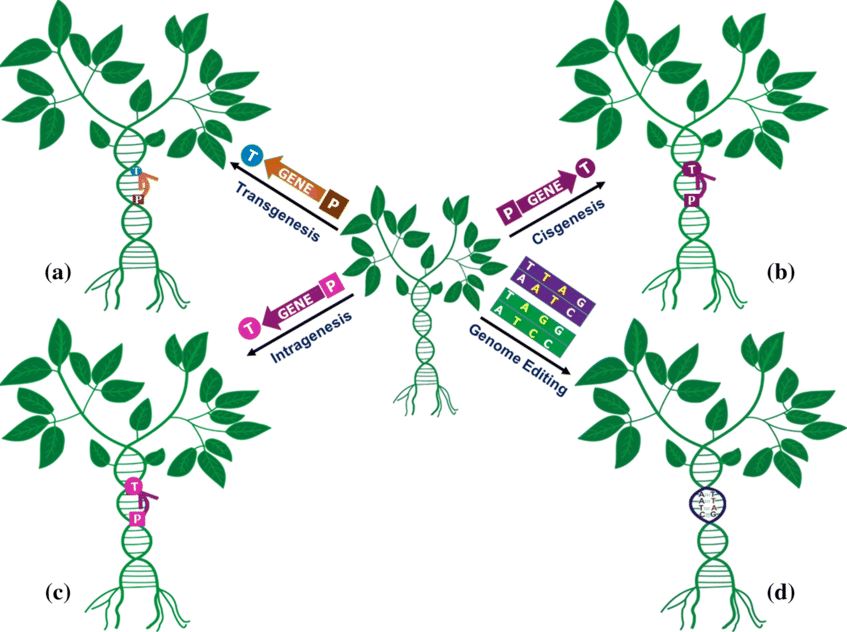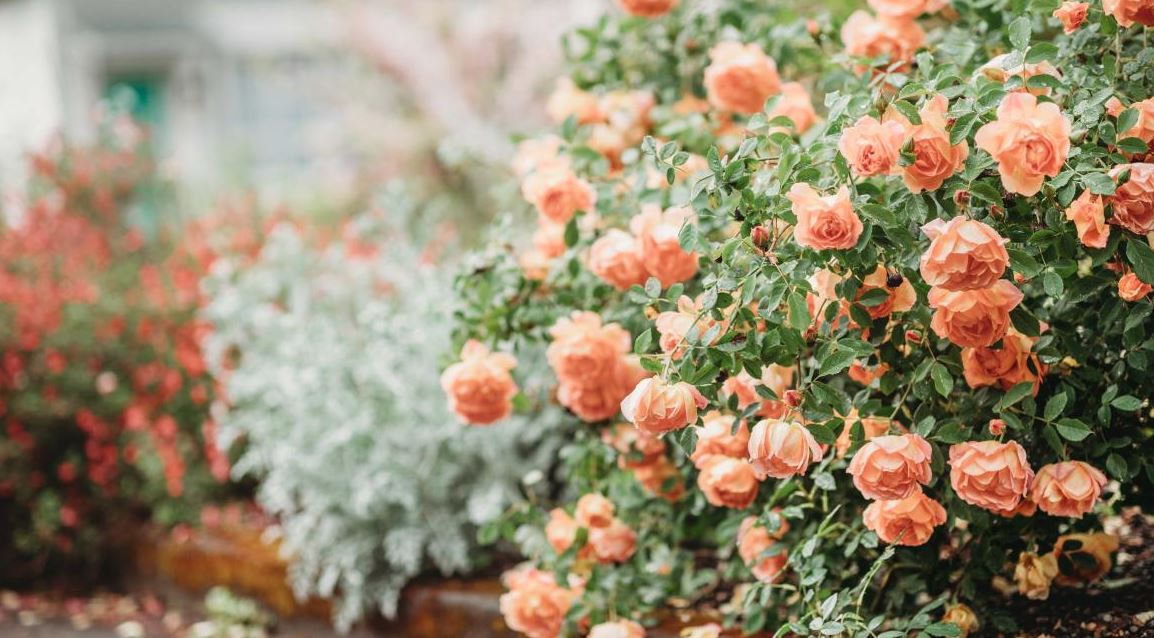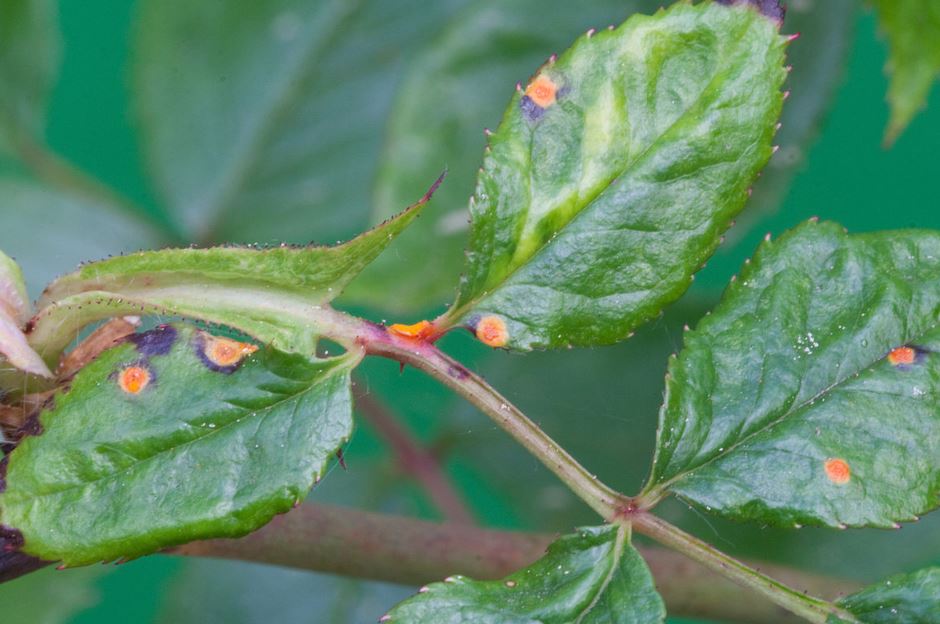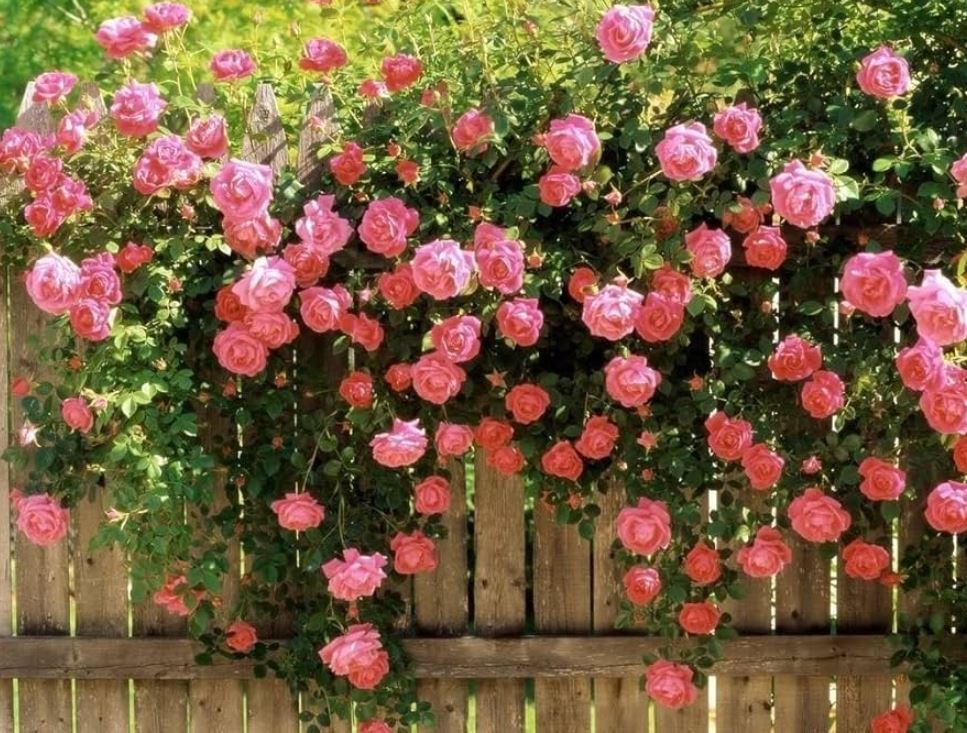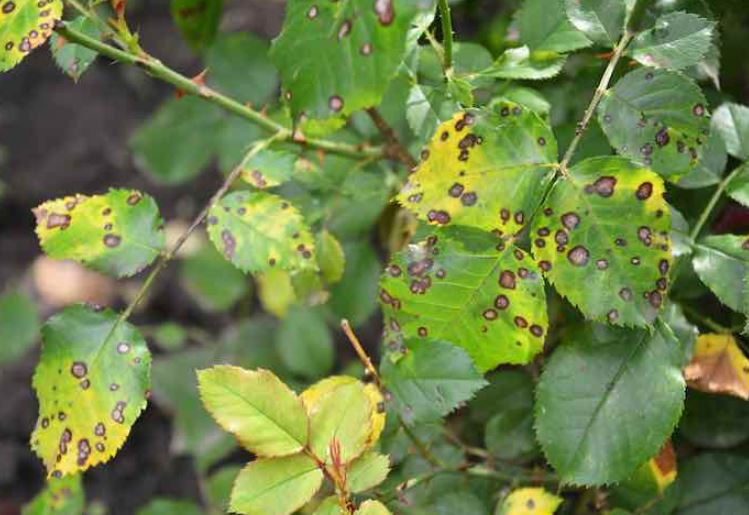Around the World in Blooms: Discovering Exotic Flowers
Welcome to a journey around the world in blooms, where we will explore the fascinating world of exotic flowers. From rare and unique species to flowers with unusual appearances and cultural significance, we will delve into what makes a flower truly exotic. Join us as we uncover the exotic flowers of Asia, Africa, South America, and Oceania, from the cherry blossoms of Japan to the flame lilies of Zimbabwe. Get ready to be amazed by the beauty and diversity of these stunning blooms!
What Makes a Flower Exotic?
Exotic flowers captivate our senses with their rare and unique beauty, making them stand out among other floral species. The allure of exotic blooms lies in their unusual appearance, distinct features, and captivating colours that set them apart from common flowers.
These extraordinary flowers are often characterised by intricate patterns, elaborate shapes, and extraordinary fragrances that evoke a sense of wonder and fascination. Their exotic origins from distant lands contribute to their mystique and exclusivity. Some species require specific conditions to thrive, adding to their appeal for dedicated botanists and horticulturalists.
The demand for exotic flowers has surged in recent years, with flower enthusiasts seeking to elevate their floral arrangements with these striking and rare blooms, adding a touch of sophistication and elegance to any setting.
Rare and Unique Species
One defining aspect of exotic flowers is their rarity and uniqueness. They belong to distinct and often elusive species that are not commonly found in everyday gardens or floral displays.
These rare and unique flower species play a crucial role in exotic blooms, captivating the hearts of botanical enthusiasts with their unparalleled beauty and mysterious allure.
The scarcity of these flowers adds to their mystique, making them highly sought after by collectors and horticulturists worldwide. Conservation efforts have been initiated to protect these endangered species from extinction, highlighting the importance of preserving our planet’s biodiversity.
Each bloom tells a story of resilience and adaptability, making them valuable treasures in botany.
Unusual Appearance and Features
Exotic flowers often boast an unusual appearance and intriguing features that set them apart from more common blooms. Their unique shapes, colours, and textures capture the eye and spark curiosity.
Their captivating allure extends beyond just their visual appeal. Some exotic flowers emit enchanting fragrances that mesmerise those who encounter them, enhancing the sensory experience. The intricate patterns and mesmerising hues in these blooms serve as nature’s exquisite artwork, showcasing the sheer diversity and creativity in the botanical world.
From the delicate petals of orchids to the bold, flamboyant blossoms of tropical plants, each exotic flower tells a story of its habitat and evolution, making it not just a floral specimen but a living expression of nature’s beauty.
Cultural Significance
Exotic flowers often carry significant cultural symbolism and meaning, playing pivotal roles in ceremonies, traditions, and rituals across various societies and regions.
These botanical wonders are not just beautiful blooms but hold deep cultural significance. In some communities, certain exotic flowers are believed to ward off evil spirits or bring good luck; in others, they symbolise love, prosperity, or even mourning.
For example, the lotus flower represents purity and enlightenment in Asian cultures, whereas the hibiscus flower is associated with beauty and femininity in tropical regions. Integrating these flowers into daily life, from decorating homes to religious ceremonies, showcases the profound impact of nature on human customs and beliefs.
Exotic Flowers in Asia
Asia is a treasure trove of exotic flowers, showcasing a vibrant tapestry of international blooms that enchant visitors with unique beauty and diverse floral attractions.
Among the enchanting floral wonders found in Asia are the stunning cherry blossoms of Japan, the vibrant orchids of Thailand, and the sacred lotus flowers in India. These flowers add colour and vibrancy to the continent’s landscapes and hold cultural significance in various Asian countries. From the delicate beauty of sakura flowers to the intricate patterns of hibiscus blooms, each flower tells a story and reflects the rich botanical heritage of Asia.
Cherry Blossoms in Japan
Cherry blossoms in Japan, known as ‘Sakura,’ are a symbol of fleeting beauty and renewal. They enchant visitors with their delicate pink petals, which blanket the landscapes in a breathtaking floral marvel.
These iconic flowers, deeply ingrained in Japanese culture, are celebrated annually during the Hanami festival. People gather under the blooming trees to admire their ephemeral beauty. In traditional Japanese art, Sakura often symbolises the transient nature of life and the concept of mono no aware, the appreciation of impermanence.
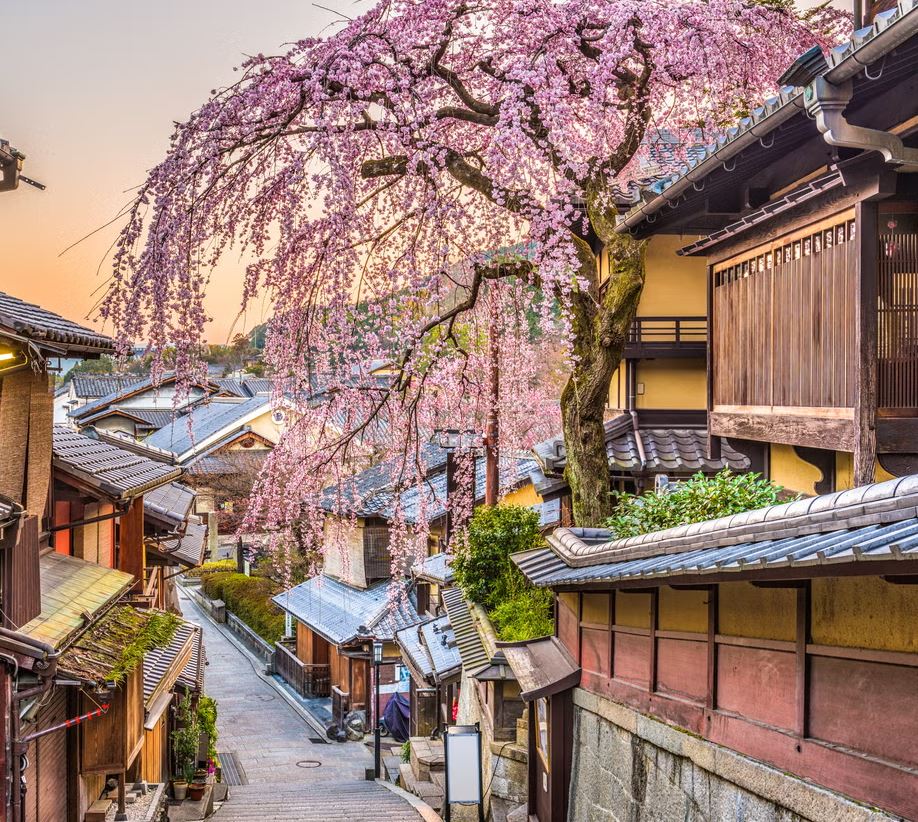
This cultural reverence for cherry blossoms extends to various aspects of life, from poetry and literature to architecture and fashion, showcasing the profound impact of these delicate blooms on Japanese society.
Lotus Flowers in India
Lotus flowers in India hold deep cultural and spiritual significance. They are revered for their purity, grace, and resilience in blooming from muddy waters, showcasing their exquisite beauty as rare floral gems.
The symbolism of lotus flowers goes beyond their physical beauty, as they are often associated with spiritual enlightenment and rebirth in Indian traditions. In Hinduism, the lotus is linked to several deities like Lakshmi, Saraswati, and Brahma, symbolising purity, knowledge, and creation. The unique ability of lotus flowers to rise above murky waters unblemished has made them a powerful metaphor for transcending worldly challenges and achieving spiritual clarity. The intricate bloom structure of lotus flowers, with delicate petals and vibrant colours, further adds to their allure in Indian culture, where they symbolise resilience and inner strength.
Orchids in Thailand
Orchids in Thailand are celebrated for their diverse colours, shapes, and patterns, showcasing the rich botanical exploration and horticultural expertise that have made Thailand a paradise for orchid enthusiasts.
The lush landscapes of Thailand provide the perfect environment for the flourishing of various orchid species, drawing plant explorers and enthusiasts from around the world. Thai orchids are known for their intricate designs and vibrant hues, creating a visual spectacle that captivates all who encounter them. Thailand boasts a stunning array of orchids, from the famous Dendrobium orchids to the exotic Vanda varieties, each with distinctive charm. The country’s dedication to orchid cultivation has led to groundbreaking discoveries and the continuous expansion of knowledge in the world of floral diversity.
Exotic Flowers in Africa
Africa boasts a spectacular array of exotic flowers that beckons adventurers and floral enthusiasts, offering a glimpse into the continent’s diverse botanical wonders and rare floral treasures.
These unique blooms, found in Africa, are a true testament to the continent’s rich natural beauty and biodiversity. From the vibrant Bird of Paradise flower in South Africa to the striking Flame Lily in Zimbabwe, each bloom tells a story of resilience and adaptation to the continent’s diverse landscapes. The mystical Bat Flower found in Madagascar, and the delicate Protea flowers of South Africa are just a few examples of the rare botanical discoveries waiting to be explored in this African floral adventure.
Protea in South Africa
Protea flowers symbolise resilience and beauty in South Africa. They showcase the country’s floral diversity and enchant flower seekers with their unique forms and vibrant colours.
Their captivating allure lies in their ability to thrive in harsh conditions, mirroring the strength and endurance of the South African spirit. These botanical marvels are revered for their long-lasting blooms and striking appearance, making them a favourite among locals and visitors.
The protea’s intricate structure and rich symbolism have made it a popular choice for bouquets and floral arrangements, symbolising hope, courage, and transformation. As a native flower of South Africa, proteas hold a special place in the hearts of many, embodying the essence of the country’s natural beauty and resilience.
Bird of Paradise in Madagascar
The Bird of Paradise flower in Madagascar evokes images of tropical splendour and exotic beauty, enchanting observers with its vibrant hues and striking resemblance to the avian marvel that inspired its name.
Its rare petals, which boast a unique structure and mesmerising colour palette, set it apart as one of nature’s most fascinating creations.
This majestic flower holds deep symbolic meaning in Madagascar, reflecting the country’s rich biodiversity and vibrant ecosystem.
The Bird of Paradise plant is a testament to the exotic floral wonders in this lush island nation, captivating all fortunate enough to encounter its stunning blooms.
Flame Lily in Zimbabwe
The Flame Lily in Zimbabwe epitomises floral wanderlust and botanical marvel, captivating explorers with its fiery hues, intricate petals, and vibrant presence in the country’s diverse landscapes.
Its striking appearance and vivid colours make it a sought-after subject for exotic garden tours, allowing enthusiasts to immerse themselves in the rich tapestry of Zimbabwe’s botanical wonders.
Renowned for its symbolic significance in Zimbabwean culture, the Flame Lily is often associated with passion, resilience, and beauty themes.
Its regal presence adds a touch of elegance to the country’s natural landscapes, making it a beloved emblem of floral beauty cherished by locals and visitors alike.
Exotic Flowers in South America
South America beckons floral enthusiasts on a global flower tour, offering a myriad of exotic blooms and rare botanical treasures that showcase the continent’s rich floral diversity and enchanting garden explorations.
Venture deep into the heart of the Amazon rainforest, where vibrant orchids and majestic bromeliads flourish in the lush greenery, creating a paradise for nature lovers.
As you traverse the Andean slopes, you’ll encounter the dazzling array of Andean lilies and vibrant lupines that paint the mountains with hues of purple and blue.
The Galapagos Islands reveal their unique floral wonders, with species found nowhere else on earth, captivating visitors with their extraordinary beauty and fascinating evolutionary history.
Ángel’s Trumpet in Perú
The Angel’s Trumpet flower in Peru enchants visitors with its ethereal beauty and rare allure. It embodies the country’s botanical richness and serves as a testament to rare plant finds in South America.
Nestled within the vibrant Peruvian landscape, this captivating bloom boasts large trumpet-shaped flowers that exude a sweet, intoxicating fragrance, drawing in pollinators and nature enthusiasts alike. Its striking appearance features elegant downward-facing blooms in white, yellow, or pink hues, adding a splash of colour to the lush surroundings. Renowned for its ornamental value, the Angel’s Trumpet flower has also captured the interest of botanists and researchers exploring the biodiversity of Peru, further emphasising its botanical significance in the region.
Passion Flower in Brazil
The Passion Flower in Brazil symbolises floral paradise, captivating onlookers with its intricate beauty and exotic allure that symbolises the country’s rich botanical heritage and floral diversity.
This enchanting bloom, with its vibrant hues and delicate structure, embodies a unique blend of grace and complexity that mirrors Brazil’s lush landscapes and diverse ecosystems.

Known for its striking appearance and intricate floral anatomy, the Passion Flower holds a special place in the hearts of locals and tourists alike, serving as a testament to the country’s natural wonders and the artistry of Mother Nature.
Its presence in Brazilian flora adds a touch of mystique and wonder to the region’s already awe-inspiring tapestry of botanical treasures.
Angel’s Tears in Chile
Angel’s Tears flowers in Chile evoke a sense of botanical delight and ethereal beauty. They enchant observers with their delicate forms and mesmerising presence amidst the country’s diverse landscapes and floral wonders.
These exotic blooms hold a special place in Chile’s biodiversity, adding a touch of magic to the already stunning scenery. Their enchanting charm extends beyond their appearance, as they play a significant role in the local ecosystem, attracting various pollinators and showcasing the rich botanical heritage of the region.
As one delves deeper into the world of floral marvels in Chile, the allure of the Angel’s Tears flowers becomes even more apparent, revealing a fascinating tapestry of nature’s intricate beauty.
Exotic Flowers in Oceania
Oceania offers a paradise for floral exploration, boasting a diverse array of exotic flowers and unique plant species that beckon garden enthusiasts on an enchanting journey of garden discovery and botanical marvels.
Embarking on this botanical adventure unveils a tapestry of colours and scents that transport you to a world where nature’s beauty knows no bounds. From the vibrant blooms of the Kangaroo Paw in Australia to the delicate orchids of New Zealand, Oceania’s floral diversity celebrates Mother Earth’s artistic prowess. Through the lush gardens and verdant landscapes, you’ll find yourself immersed in a symphony of petals and leaves, each telling a unique story of resilience and adaptation in the face of diverse ecosystems.
Frangipani in Fiji
Frangipani flowers in Fiji exude tropical charm and floral elegance, enchanting floral seekers with their vibrant blooms and fragrant allure, symbolising the island’s natural beauty and botanical richness.
These exotic blooms, characterised by their delicate petals and captivating fragrance, play a vital role in the colourful tapestry of the Fijian landscape. The Frangipani’s symbolic significance as a representation of purity and tranquillity has made it a beloved flower among locals and visitors alike. As one wanders through Fiji’s lush gardens and vibrant tropical forests, the sight and scent of Frangipani blossoms create an unforgettable sensory experience, attracting nature enthusiasts and botanical marvel seekers worldwide.
Kangaroo Paw in Australia
Kangaroo Paw flowers in Australia embody floral wanderlust and botanical curiosity. They capture nature enthusiasts with their unique form and vibrant hues and grace Australian landscapes with rare floral beauty.
The allure of these exotic blooms extends beyond their physical appearance, drawing attention to their intricate interactions with the native wildlife. The vibrant tones of Kangaroo Paw flowers serve as a beacon in the Australian environment, attracting pollinators and showcasing the delicate balance of nature.
The distinct shape of the flower, resembling a kangaroo’s paw, adds to its mystique and allure, making it a sought-after feature in exotic garden tours. Whether in botanical gardens or wild landscapes, these blooms never fail to evoke a sense of wonder and appreciation for the diverse beauty of Australian flora.
Hibiscus in Hawaii
Hibiscus flowers in Hawaii epitomise garden exploration and floral enchantment. They enchant visitors with their vibrant petals and lush blooms, symbolising the natural beauty and floral diversity of the Hawaiian islands.
These stunning flowers are visually captivating and hold great botanical significance within the region. Their presence in the Hawaiian landscapes adds a pop of colour and a touch of elegance, attracting photographers, nature enthusiasts, and artists alike.
Exploring the intricate details of hibiscus flowers unveils a world of delicate stamens, velvety textures, and mesmerising hues that blend seamlessly with the lush greenery. No wonder these blooms are often favoured in traditional leis and are a beloved emblem of Hawaii’s rich floral heritage.
